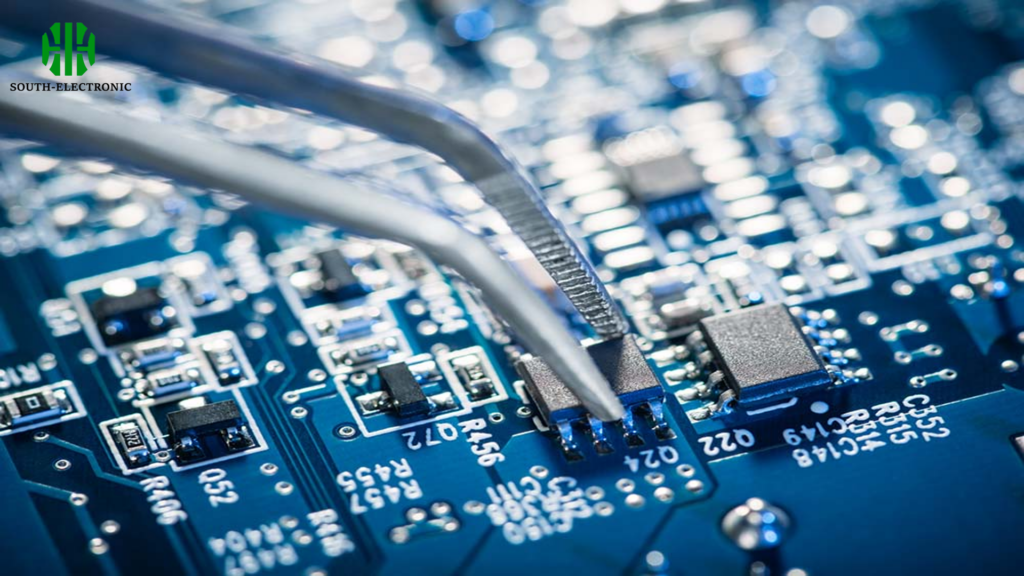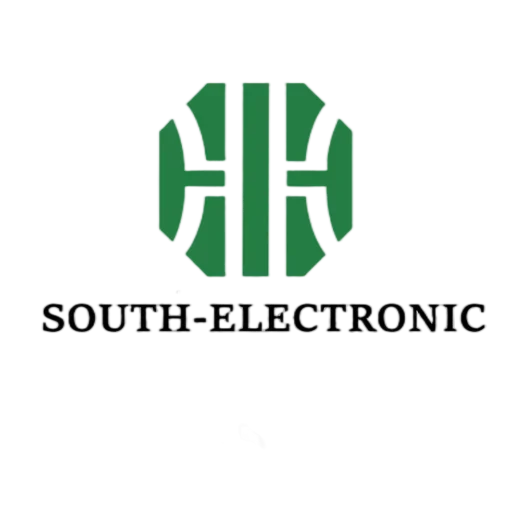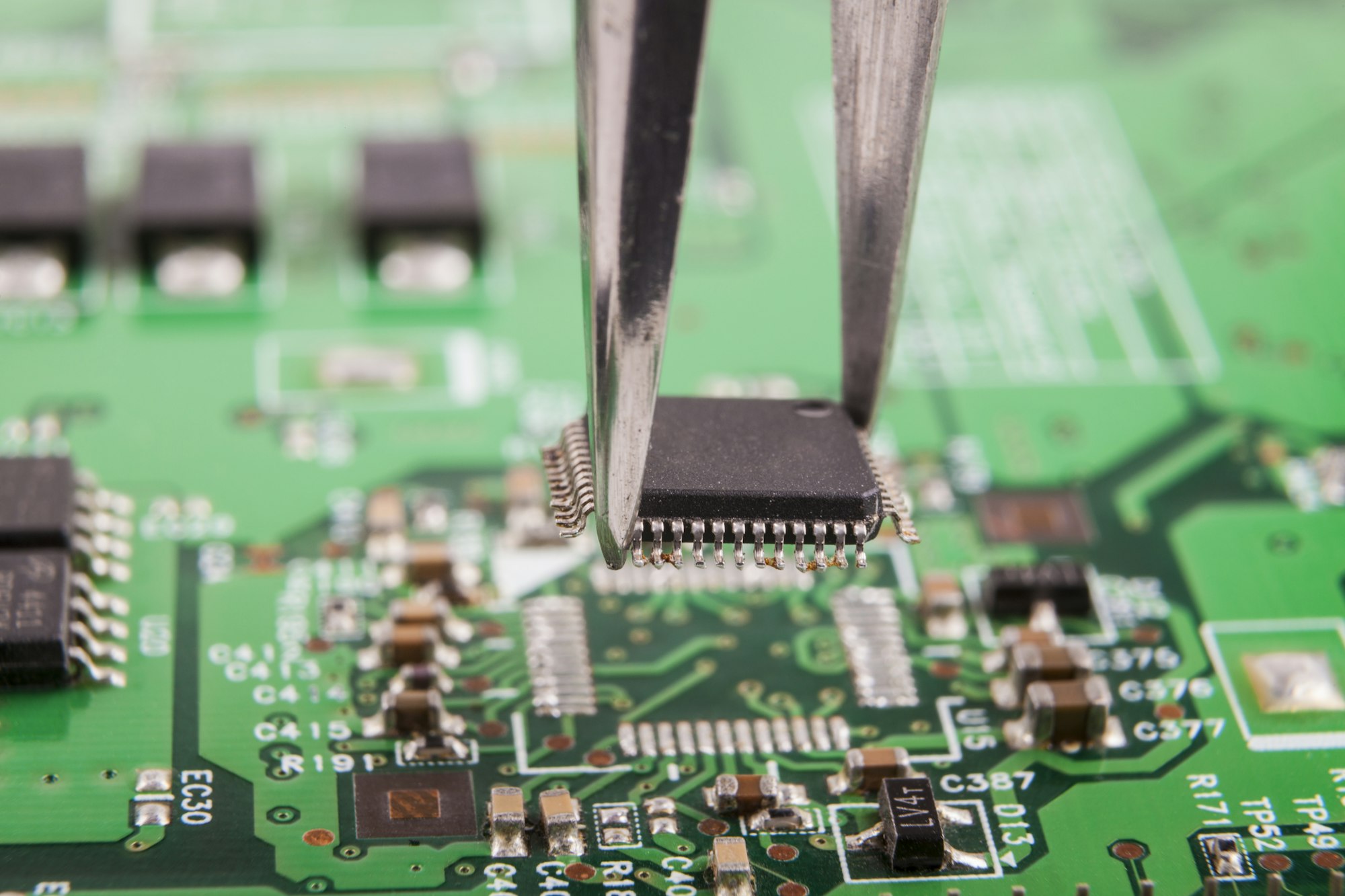What is Printed Circuit Board Assembly (PCBA)?
Printed Circuit Board Assembly, or PCBA, is the process of mounting electronic components to a printed circuit board (PCB). The PCB provides the electrical connections and mechanical support for the components. Once the components like resistors, capacitors, and integrated circuits are placed and soldered, the assembly is called a PCBA. It can be used in everything from simple consumer electronics to complex machinery.
What are the main steps involved in PCBA?
The printed circuit assembly process generally involves several key steps:
| Step | Description |
|---|---|
| Solder Paste Application | Applying solder paste to the PCB |
| Component Placement | Placing components onto the PCB |
| Soldering | Using reflow or wave soldering to bond components |
| Inspection | Inspecting the PCBs for defects |
| Testing | Ensuring the PCA works as intended |
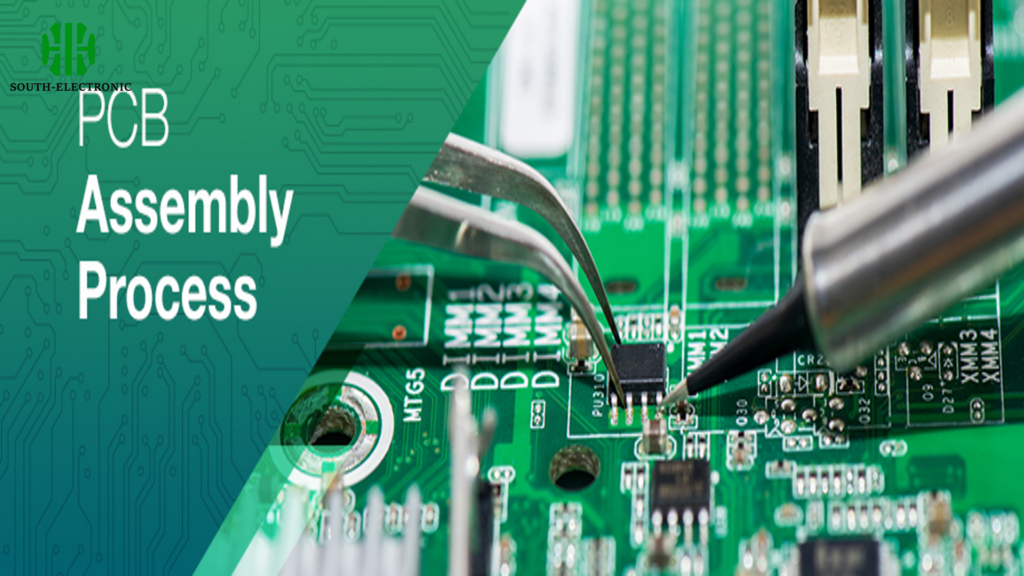
What are the common defects in PCBA?
- Solder Bridges: When excess solder creates a bridge between two or more adjacent solder pads, causing a short circuit. You can prevent this by optimizing the solder paste application process.
- Cold Solder Joints: Occur when the solder does not melt properly, leading to weak electrical connections.You can prevent this by making sure you have the right soldering temperatures and times.
- Tombstoning: When one end of a component lifts off the PCB during soldering, resembling a tombstone. You can reduce the chances of this happening by placing the component correctly and using the right reflow profiles.
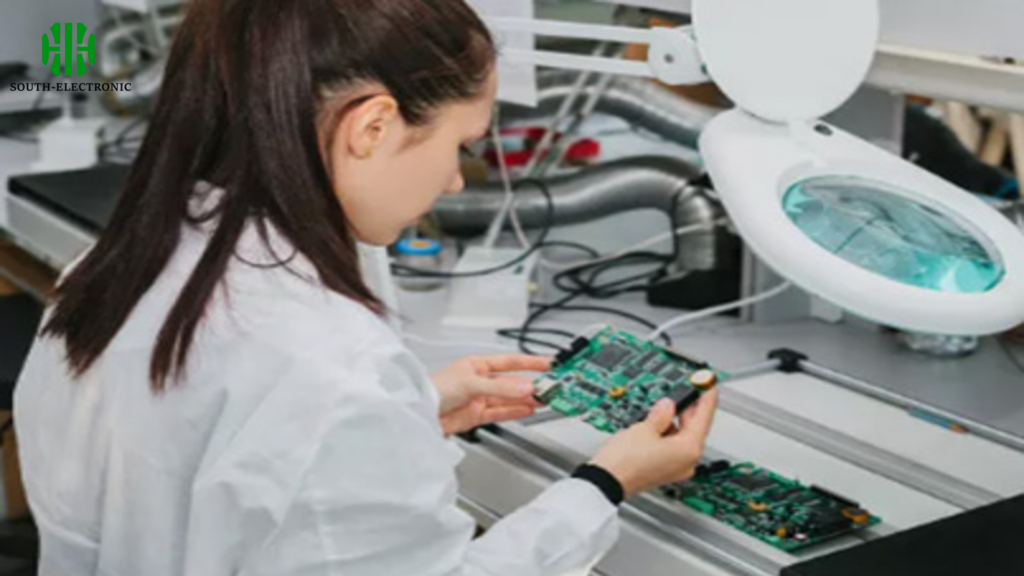
What factors influence the cost of PCBA?
- Component Cost: The type and number of components used play a significant role. More complex components generally increase the cost.
- PCB Complexity: The complexity of the PCB design, including the number of layers, size, and the density of the components, affects the price.
- Volume: Higher production volumes typically reduce the cost per unit due to economies of scale.
- Assembly Technology: The use of Surface-Mount Technology (SMT) might be more cost-effective compared to Through-Hole Technology (THT) depending on the application.
- Testing Requirements: Extensive testing can add to the cost but is essential for ensuring quality in critical applications.
- Turnaround Time: Faster turnaround times can increase costs due to the need for prioritized production capacity.
Understanding these factors and how they contribute to the overall cost can help in planning and optimizing the production of PCBAs for specific needs and budgets.

